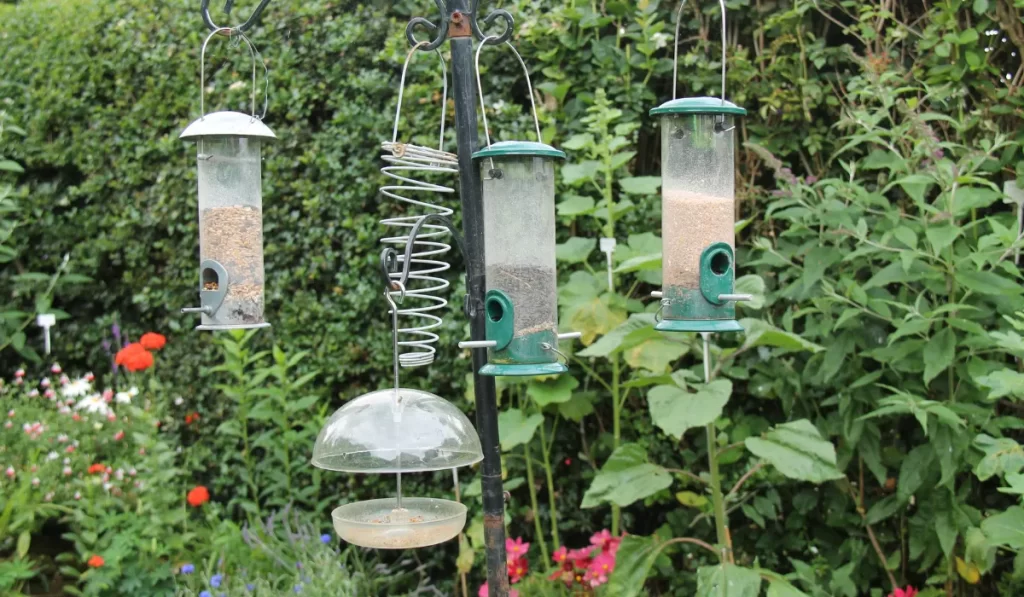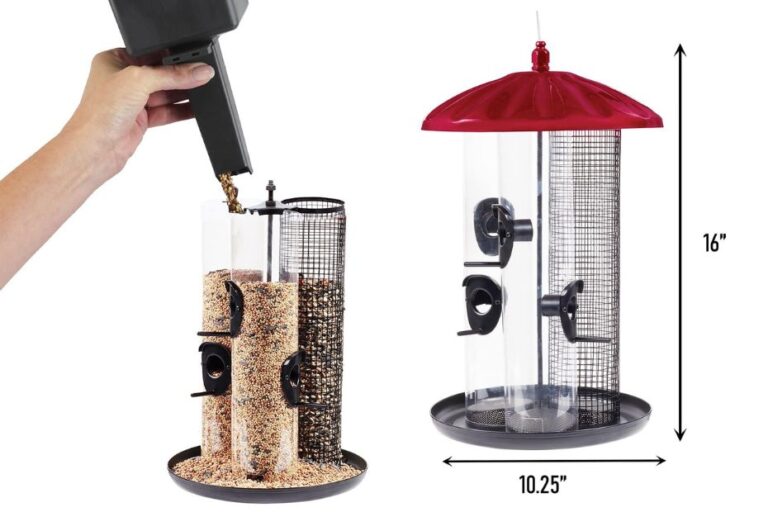How to Create a Bird Friendly Garden?
Learn how to create a bird friendly garden with tips on choosing the right plants, garden design, and maintaining a healthy, pesticide-free environment for birds.
Table of Contents
Introduction to Bird-Friendly Garden

Creating a bird-friendly garden is a wonderful way to enjoy wildlife and contribute to local ecology.
Imagine waking up to the cheerful chirping of birds right outside your window, watching them flit from branch to branch in your garden.
A bird-friendly garden isn’t just a delight for the senses; it’s a haven for birds and a boon for homeowners. Birds bring life, color, and a sense of tranquility to any garden, while also helping to control pests and pollinate plants.
Understanding the Needs of Birds
To create a welcoming environment for birds, it’s important to understand their basic needs:
- Food: Provide a variety of plants, feeders, and insects.
- Water: Ensure clean water sources through bird baths or small ponds.
- Shelter: Offer protection from predators and weather with dense shrubs or trees.
- Nesting Sites: Create safe spaces for raising young, such as natural cavities, dense foliage, or nesting boxes.
Native Plants for Birds
Choosing native plants is essential for creating a bird-friendly garden. Native plants are adapted to the local climate and soil, making them more resilient and requiring less maintenance.
They provide the food sources that local bird species depend on, such as seeds, berries, and insects. Plants like sunflowers and coneflowers offer nutritious seeds, while elderberries and serviceberries produce fruits that many birds love.
Additionally, native plants like milkweed and goldenrod attract a variety of insects, which are a crucial food source for many bird species, especially during the breeding season when they need protein-rich diets for their young.
- Seeds and Fruits: Sunflowers, coneflowers, elderberries.
- Insect Attraction: Milkweed, goldenrod.
Garden Design for Wildlife and Birds

Designing a garden for wildlife involves creating a diverse and layered habitat that meets the needs of various species, including birds, insects, and small mammals. Start by incorporating different types of vegetation, such as ground covers, shrubs, and trees, to provide a range of shelter and nesting options.
This layered approach mimics natural habitats and offers protection and food sources at multiple levels. Place bird baths, feeders, and nesting boxes in strategic locations to attract birds and ensure their safety from predators.:
- Layers of Vegetation: Plant ground covers, shrubs, and trees to provide different types of shelter and nesting sites.
- Strategic Placement: Place bird baths, feeders, and nesting boxes where they are easily accessible and safe from predators.
- Regular Maintenance: Clean feeders and baths regularly to maintain a healthy environment for birds.
Maintaining a Healthy Environment

A healthy garden environment is crucial for the well-being of birds. Follow these guidelines:
- Avoid Pesticides and Chemicals: Opt for natural pest control methods such as introducing beneficial insects or using organic sprays.
- Natural Pest Control: Birds themselves are excellent pest controllers, feeding on insects that might otherwise damage your plants.
- Balanced Ecosystem: Foster a balanced ecosystem to create a sustainable habitat for birds and other wildlife.
Engaging the Community
Creating a bird-friendly garden can be a community effort. Here’s how you can involve others:
- Encourage Neighbors: Inspire your neighbors to transform their gardens into bird havens.
- Participate in Local Groups: Join local birdwatching groups or community garden projects to share knowledge and resources.
- Community Impact: Working together can create a network of bird-friendly spaces in your neighborhood.
Read More:
1. 6 Special Tips for Attracting Finches to Your Backyard
2. Free Woodworking Plans for Birdhouses: Step-by-Step Guide
3. What Attracts Birds to Your Yard: A Comprehensive Guide
FAQs About Creating a Bird-Friendly Garden
1. What types of plants attract birds to my garden?
Native plants are the best choice for attracting birds. They provide the seeds, fruits, and insects that local birds rely on. Examples include sunflowers, coneflowers, elderberries, milkweed, and goldenrod.
2. How can I provide water for birds in my garden?
You can provide water by installing bird baths or small ponds. Ensure the water is clean and fresh, and place the baths in a safe, open area to protect birds from predators.
3. What should I avoid to keep my garden bird-friendly?
Avoid using pesticides and chemicals, as they can harm birds and other wildlife. Instead, opt for natural pest control methods, such as introducing beneficial insects or using organic sprays.
4. How can I involve my community in creating bird-friendly spaces?
Encourage your neighbors to create bird-friendly gardens, join local birdwatching groups, or participate in community garden projects. Sharing knowledge and resources can help create a network of bird-friendly spaces.
Conclusion
Consider the overall layout and elements of your garden to enhance its appeal to wildlife. For instance, creating dense thickets or hedgerows can offer excellent cover for birds and small mammals.
Adding water features like ponds or small streams can attract not only birds but also amphibians and beneficial insects. Avoid using pesticides and chemicals.
Not only will you enjoy the beauty and serenity that birds bring, but you’ll also be contributing to the conservation of these wonderful creatures.
Start your bird-friendly garden project today and share your progress and tips with others to inspire a community of bird lovers.
Reference:
1. https://extension.umn.edu/news/bring-more-birds-your-home-native-plants
2. https://www.fws.gov/apps/story/2021-09/backyard-insects-and-pollinators
3. https://www.fws.gov/story/2021-09/backyard-birds






